Severe sandstorm sweeps across Iran, forcing closure of universities, offices
A thick layer of dust has blanketed the otherwise clear azure sky in Tehran and many other Iranian provinces, forcing authorities to order the closure of schools, universities, and public offices.
The air quality levels saw an alarming drop in Tehran and other major cities on Monday, which authorities blamed on devastating dust storms emanating from neighboring Iraq and Syria.
It is the third severe dust storm to hit Iran since mid-April, which the country’s authorities have mainly attributed to external factors, including dam construction activities by Turkey.
The authorities had last week closed schools in Tehran and some other provinces following a dust storm but Tuesday marks the first time government offices have been closed due to it.
The fresh wave of dust particles, which made its way to Iran on Monday, has been reported to be 20 times above safe levels.
While dust storms have swept across the region in recent weeks, experts said the dust plume was thickest over Iran on Tuesday, having been carried eastward from Iraq.
In Iraq, the heavy dust storms have already sent at least 4,000 people to hospitals with breathing problems.
Airports, schools, and public offices across the country have been shut as a result of the eighth dust storm since mid-April to hit the Arab country.
In April, an environment ministry official had warned that Iraq could face "272 days of dust" a year over the next two decades, a catastrophe that could affect neighboring Iran as well.
In Syria, Monday's dust storm killed two people, a father and his son, in the eastern province of Deir el-Zour along the border with Iraq, according to the official news agency SANA.
The agency said hundreds of people were admitted to hospitals after complaining of breathing problems.
Sandstorms traverse borders
As a result of its hot and arid climate, the Middle East region has always been battered by dust and sandstorms, but they have become relatively more frequent and intense in recent years.
Environment experts have blamed it on the overuse of river water and depletion of water resources, as well as unsustainable practices such as dam construction and deforestation.
Most sandstorms hitting Iran originate from neighboring countries such as Iraq, Saudi Arabia, Pakistan, Afghanistan, Turkmenistan, and Syria.
Such storms normally occur when strong winds blow over loose sand particles. The disappearance of lakes and rivers intensifies the magnitude and frequency of sandstorms.
In this case, trapping waters of Transboundary Rivers such as the Tigris and Euphrates following Turkey’s massive dam construction projects, which monopolizes the rivers and overlooks the water rights of the downstream, has resulted in the drying up of wetlands and rivers in western Iran and turned them into hot-spots of sandstorms, according to experts.
Last November, Turkey inaugurated the huge Ilisu Dam in the country's southeastern province Mardin. Constructed on the Tigris River, it has a total water storage volume of 11 billion cubic meters.
While building the dam can dramatically affect the flow of water downstream and give rise to recurrent crippling sandstorms, Turkey on Thursday dismissed Iran's accusation that the dam construction in the country causes sand and dust storms in the region.
Turkish foreign ministry's spokesman Tanju Bilgic said land degradation, deforestation, desertification, and drought triggered by climate change are exacerbating such storms, claiming that dust storms striking Iran are originating from Africa and the Middle East.
It came after Iran’s foreign minister Hossein Amir-Abdollahian criticized Turkey's upstream dam-building on the Aras River, a shared waterway in the region, calling it "unacceptable."
He said Iran seeks to resolve the problem through dialogue with the Turkish side and has invited Ankara to establish a joint water committee to address the issue.
In a statement on Tuesday, Tehran Air Quality Control Company also blamed the poor air quality in the Iranian capital on dust storms caused by Turkey’s dam construction.
Mohammad Mahdi Mirzaei Qomi, the managing director of the state-owned firm, said the dust storm that has enveloped the region since March 21 shows the effect of the construction of dams on the Tigris and Euphrates by Turkey, which has turned Iraq and Syria into hubs for the spread of dust particles.
“Although dust storms have been seen in the city of Tehran over the past years, their repetition and strength in the current Iranian year have been unprecedented in the past 12 years,” Qomi said.
Spain acts against Israel's illegal settlements, orders platforms to remove listings
UAE urges ‘restraint’ after Saudi airstrikes on Yemen’s Mukalla port
Iran, Russia presidents review strategic relations, joint agreements
VIDEO | Legacy beyond martyrdom
Iran’s president vows ‘severe’ response to any aggression after Trump’s threat
Venezuelans will defend their independence in face of unlawful US moves: Iran FM
VIDEO | Millions of Afghans facing severe hunger amid aid cuts
Iran labels Royal Canadian Navy a ‘terrorist organization’ over IRGC designation


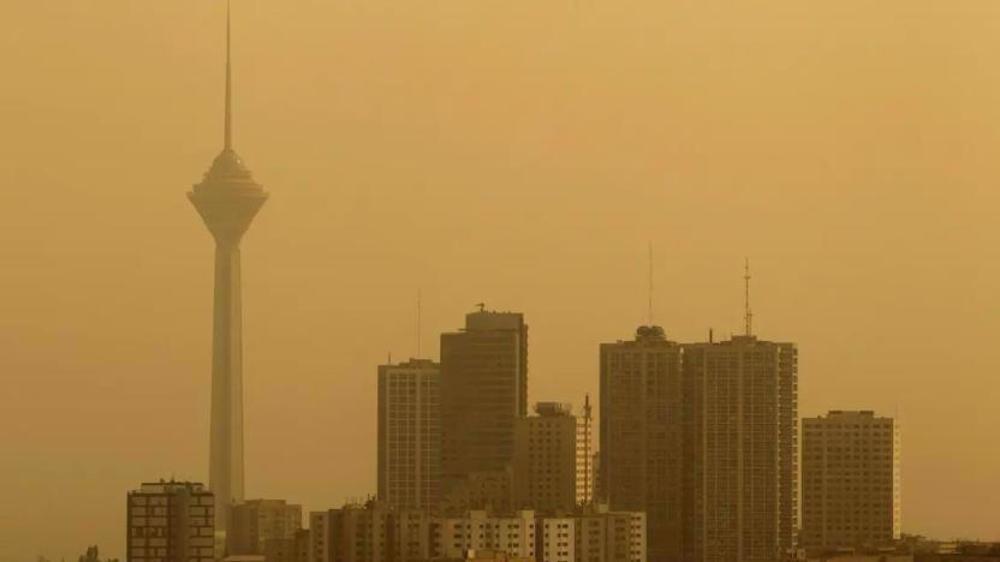
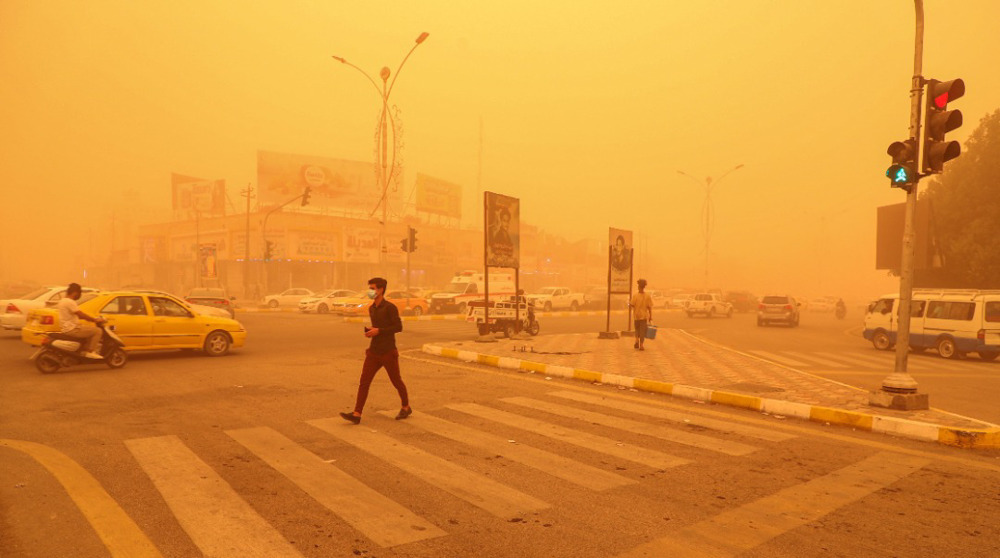
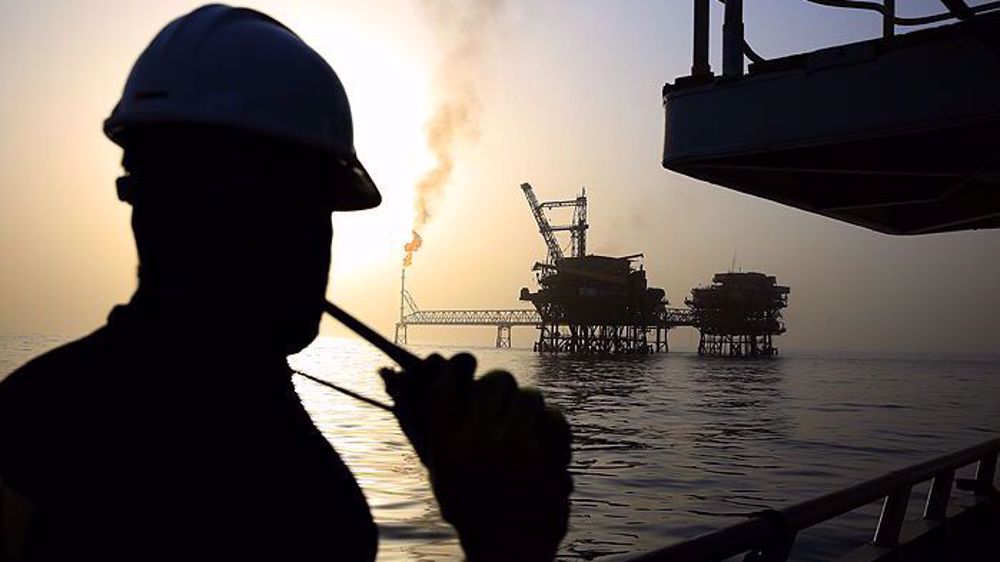





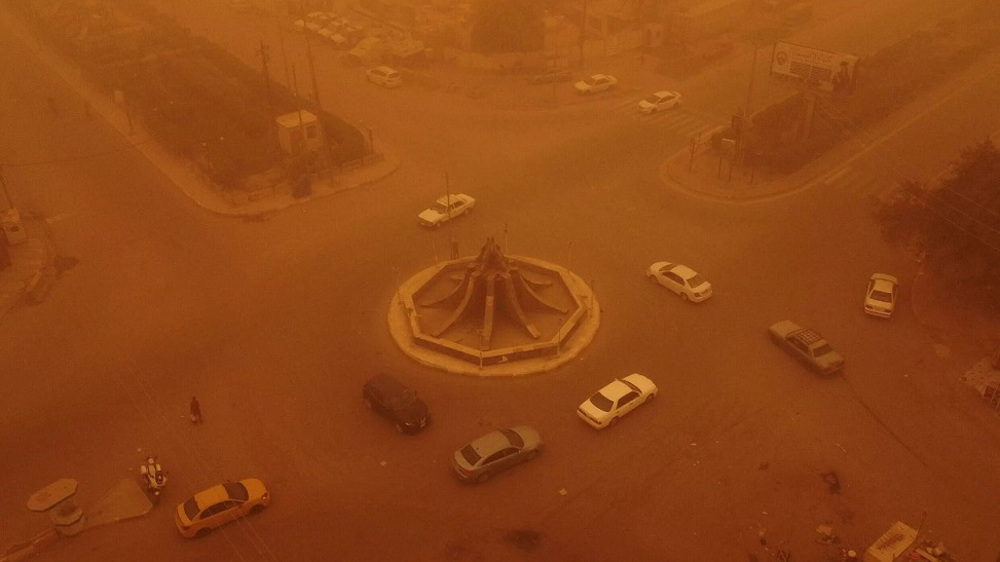
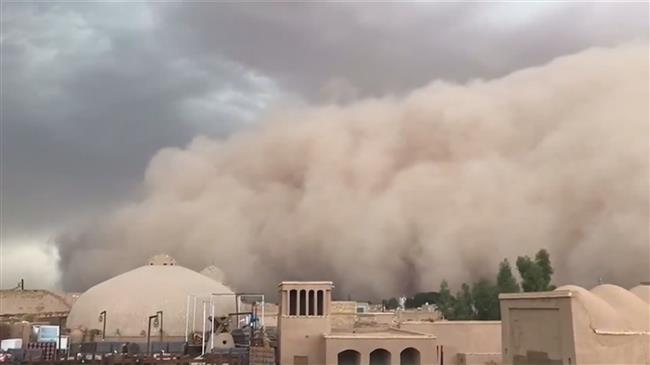
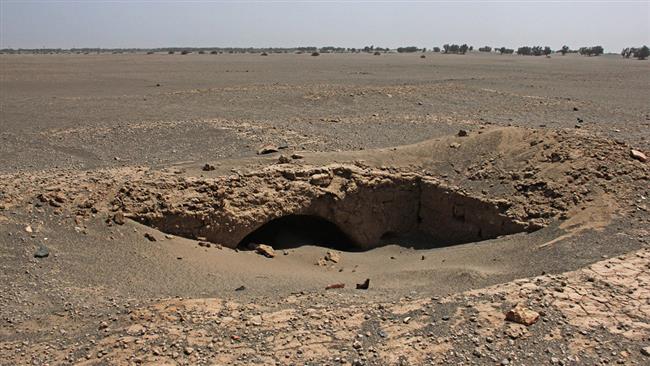


 This makes it easy to access the Press TV website
This makes it easy to access the Press TV website